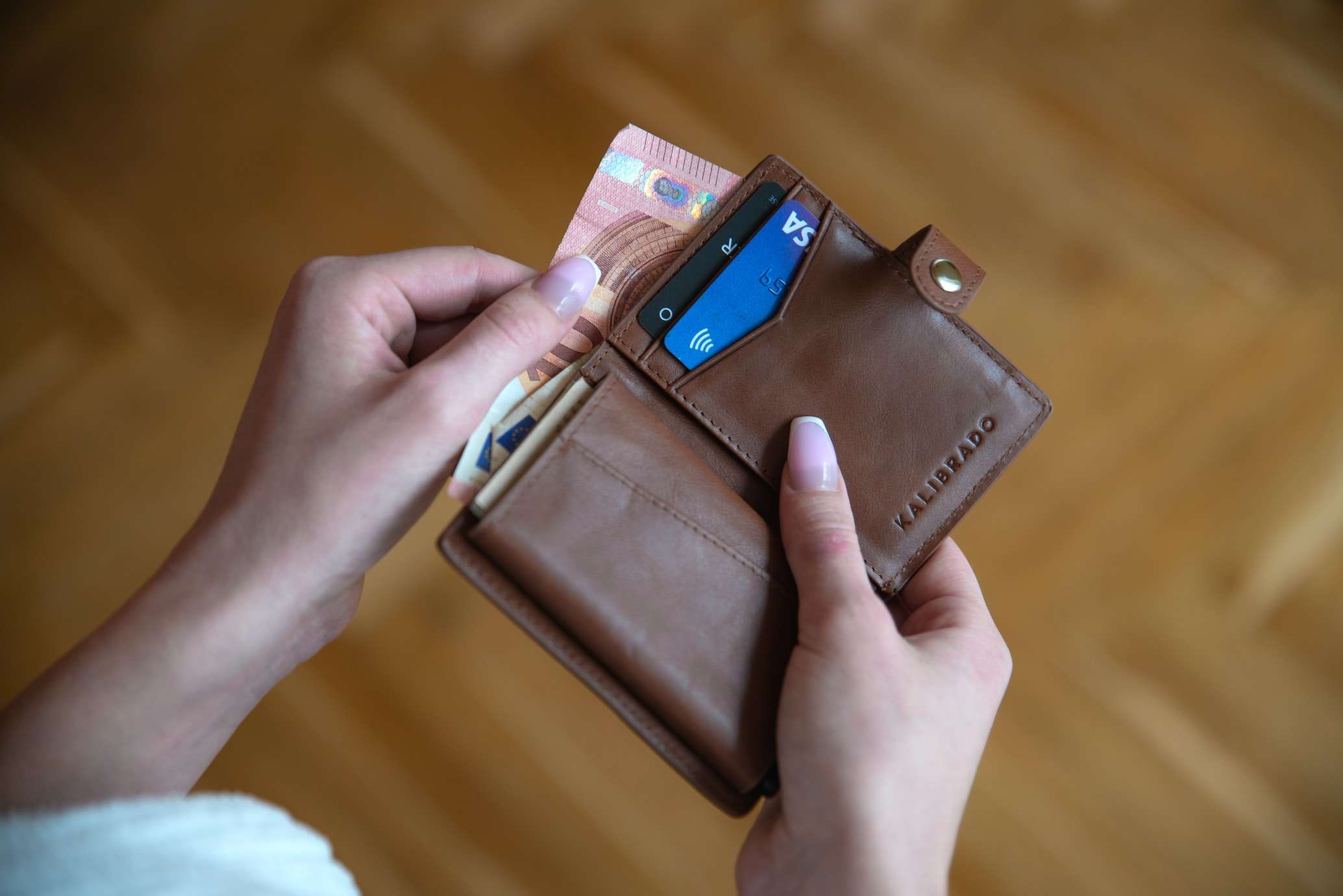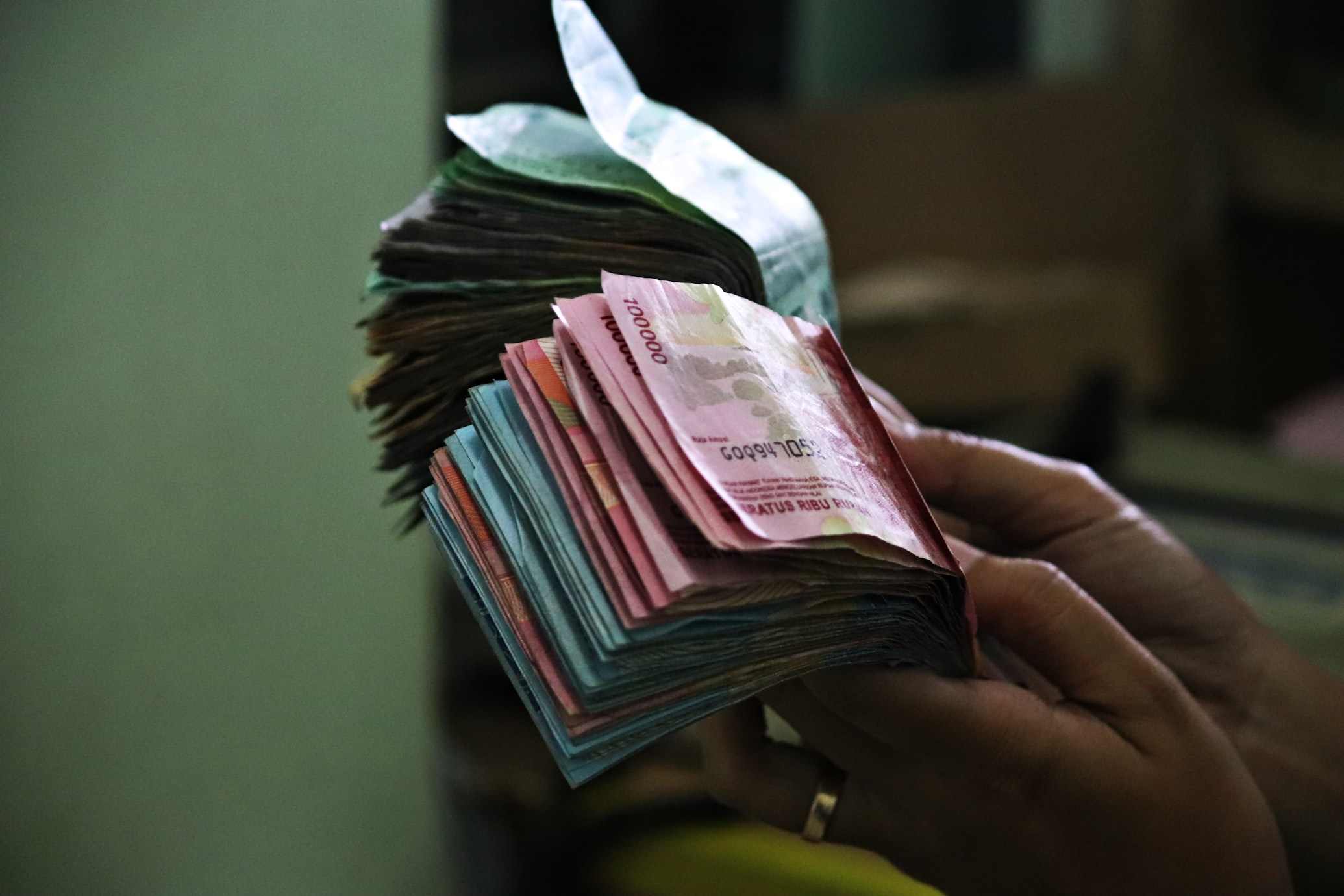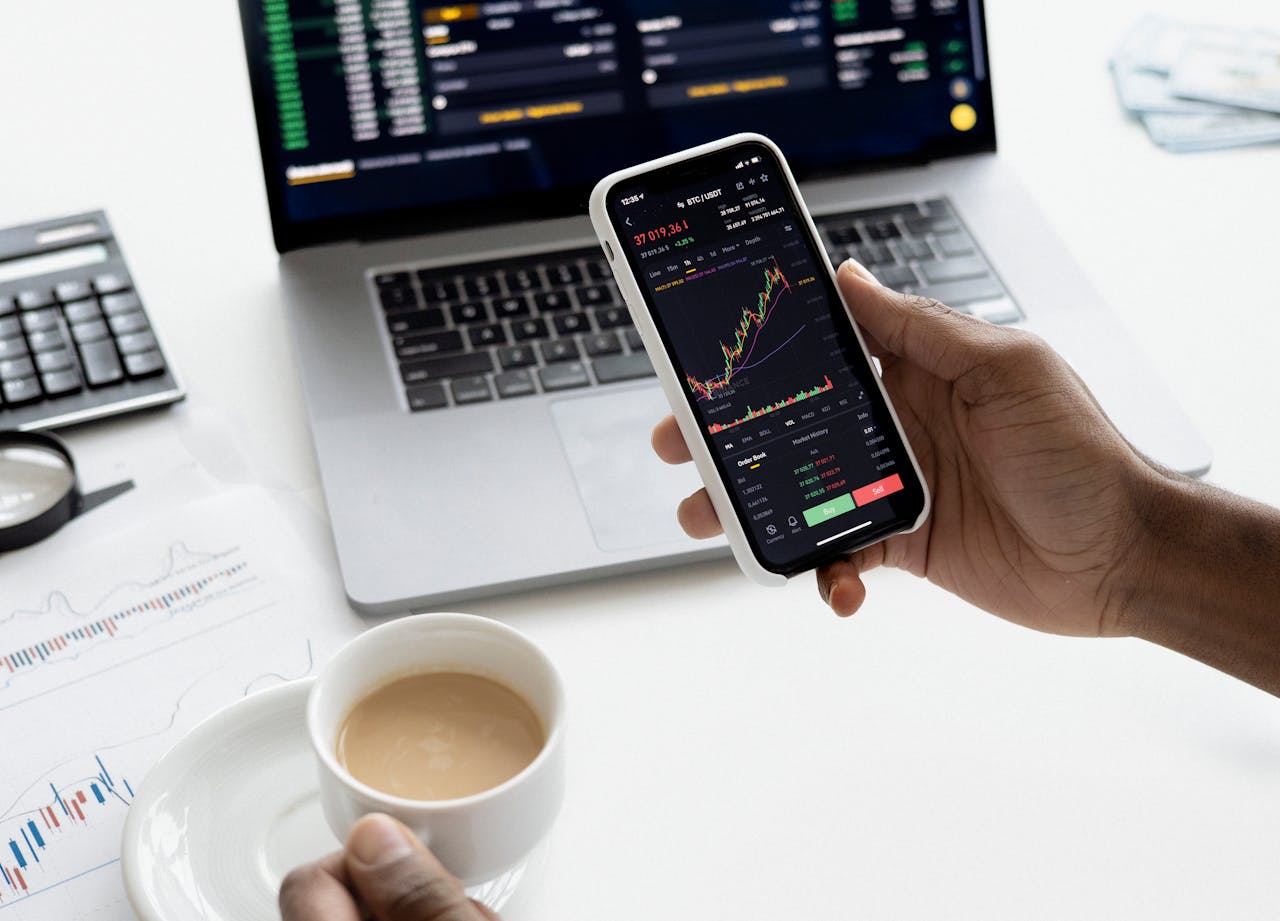

Indonesia went through 2020 and 2021 by dedicating its resources to revive its economic sectors previously disrupted by the COVID-19 pandemic. The country experienced hardship and multiple economic downfalls as the pandemic prolonged through mutations during the period.
However, the first year of the pandemic saw exponential digital investments amounting to USD 4.4 billion of total funding. The fintech alone accounts for USD 904 million of funding or 24 percent of Indonesia's 2021 digital investment.
The archipelago's digital ecosystem is still in its nascent stage, experiencing robust growth in each of its subsectors. Among the race of digital funding, e-commerce, ride-hailing, and food delivery, education technology, payments, lending, and health-tech stand as the leading subsectors in the landscape investment-wise.
Therefore, Indonesia's fintech is poised for massive development with unique conditions adjusted to the country's macroeconomic factors.
Therefore, the evolution of fintech lending subsegment in Indonesia must consider the country-specific terrain that Indonesia is still predominantly home to MSMEs and individuals with limited access to financial literacy and digitalization.
Even though the country is now at the peak of its working-age population, Indonesia challenges raising its GDP per capita through consumer spending and local production capability.
However, the government still produces merely 32 percent of the United States GDP per capita despite its dense population. Additionally, Indonesia currently possesses low loan disbursement per GDP compared to other countries, implying that the government is yet to utilize its financing capacity and provide equal opportunities for MSMEs to contribute to the economy.

With limited exposure to financial literacy and digitalization, most MSMEs in Indonesia currently do not have access to credit.
The condition provides ample room for growth for fintech lending companies to solve the long-overdue issue and facilitate credit demands in the middle and lower segments.
So far, conventional lending providers have yet to address the challenges existing in the microfinancing landscape due to apparent infrastructure and technology laggards.
In recent years, Indonesia has established a series of codes of conduct to allow players and investors better confidence levels to tap into the fintech industry through the Financial Services Authority, OJK.
The dynamic and unique fintech natural condition in the country has pushed the government to provide innovation and different perspectives into making the regulatory framework.
Today, Indonesia's fintech industry is overseen by OJK from a high-level view to ensure players conduct proper operations alongside establishing the Fintech Lending Players Association to act as the center for collaboration and communication between the public and private parties.
With solid government supervision and a large market cap offered by Indonesia, the fintech lending loan disbursement expects to reach a 214 percent growth rate in the upcoming years, eventually increasing 12.4 percent of credit access for Indonesian residents.
Today, the country is home to many soon-to-be unicorns in the fintech lending industry, such as Investree, UangTeman, and other fintech startups currently receiving exponential exposure and opportunities to consolidate or organically scale its size with the help of robust investments and a colorful landscape.

Revolutionizing Finance: An Overview of Digital Lending in Southeast Asia
Digital lending is poised to become the primary revenue driver for digital financial services in Southeast Asia (SEA) by 2025, outpacing digital payments. This growth is fueled by a 33% annual increase in digital lending, supported by technological innovations such as automated loan origination processes and seamless integration of financial services into digital experiences. These advancements have made it easier for consumers to access financing for various needs, including online shopping, travel bookings, and ride-hailing services.

IoT Integration in the SEA Automotive Lubricants Market
The Southeast Asia (SEA) automotive lubricants market is rapidly evolving with the integration of Internet of Things (IoT) technology. This transformation offers significant benefits, creates new opportunities in smart technology, and introduces innovative IoT solutions that can revolutionize the industry.

Embracing Robotization: Challenges and Opportunities in Industry 4.0
Robotization presents challenges and opportunities for businesses and the workforce, requiring companies to embrace this transformation.

Opportunities in the Indonesian Skincare Market
The rapid growth of the Indonesian skincare market presents significant opportunities for the beauty industry. Projections indicate a steady growth trajectory of 4.6% over the next five years, reflecting sustained consumer demand and market expansion. In this article, we will explore the various opportunities that the Indonesian skincare market presents for brands seeking to establish a strong foothold and thrive in this dynamic landscape.